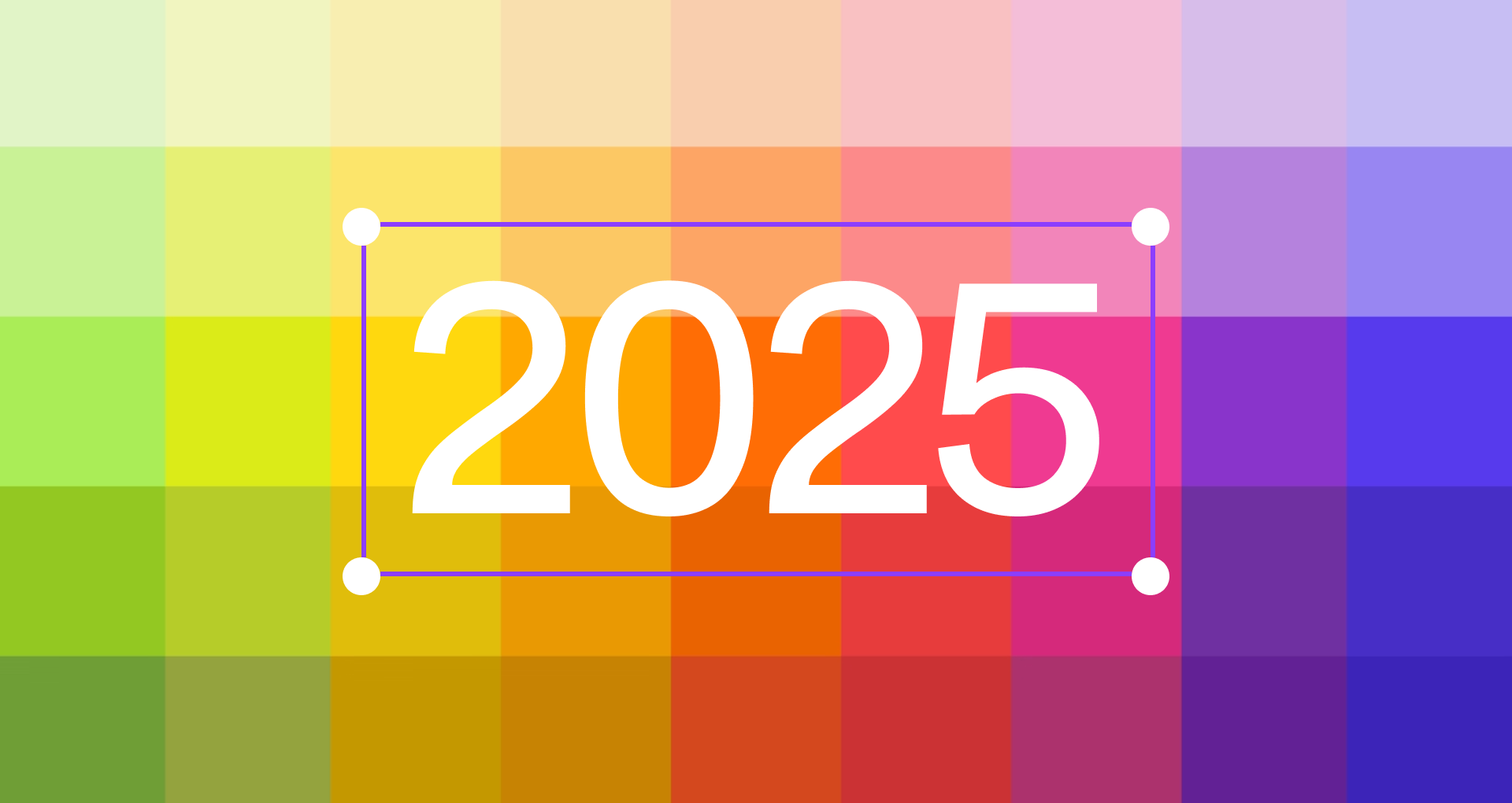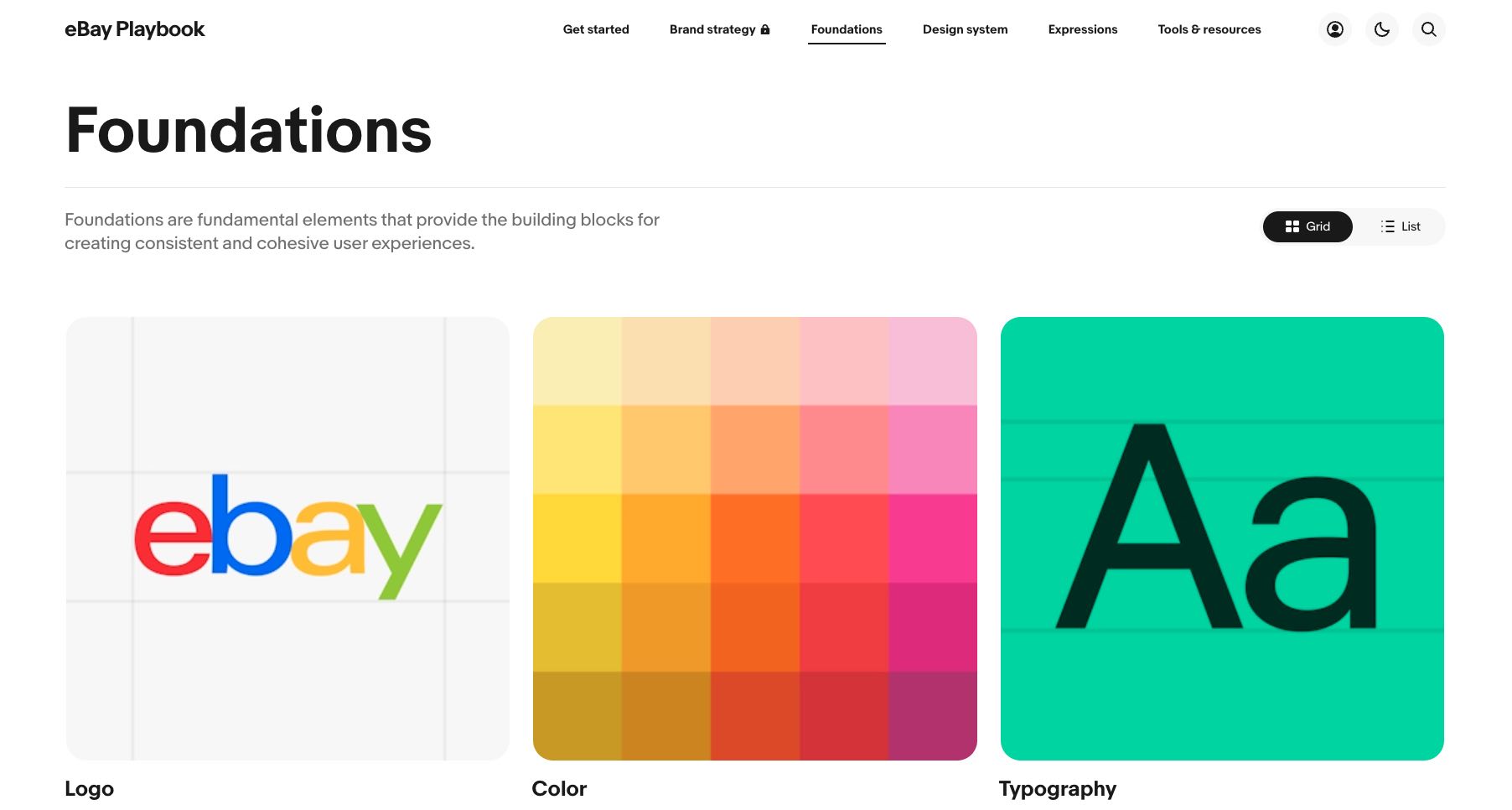
Design Trends 2025
Hello 2025! Every year, we designers try to predict what’s coming up in design, and every year, I read the same keywords: Big typography, animation and video, a bigger shift to mobile, and of course: AI.
So this year, I’m trying to focus on my own, personal observations – and the trends that I predict result from these. Here we go:
Design is thinking made visual
The biggest trend that can be observed in the design space is how designers are more and more focussing on the craft of visualisation. Gone seem the days of user research, exploration and concepting.
I have no design process.
— Brett @ Designjoy (@BrettFromDJ) December 6, 2024
I intake a request and jump straight to high-fidelity design in Figma.
No research. No exploring. No wire-framing.
This is the way.
Design in 2025 is about doing, not thinking. Instead of working with their audience, understanding and empathizing, the 2025 generation of designers jumps straight into pixel pushing mode, cranking out visuals as they go.
The basics? Personas? Mission statements? Concept pitches? Can be generated by ChatGPT, Gemini or a built-in LLM. Research? No time.
And yet, I get it. With a lack of new-ness and surprise in products and surfaces to design for, more and more designers feel legitimated to bypass Saul Bass’ mantra: «Design is thinking made visual». Like in: We know what we’re doing, we have been doing this before, so now we can just do it better.
However, high quality design will still be a process. We will still have research, workshops and Design Sprints. Less though.
Canva will be the new Adobe, and Powerpoint, and everything
I’ve been writing about the democratization of design and design tools for years now, and we have seen great progress in that field. In 2024, Canva has started aiming for a corporate audience, and it worked.
More and more in-house teams have adapted low-key design tools like Canva, Capcut or Adobe Express as part of their toolstack – creating their own brand visuals, brochures, signage or social media posts. The surprising part: Canva still has this existence in the shadows, almost like a skunk works agency or something that you’re hiding because you are ashamed of it. But why?
Maybe it’s the feeling of amateurishnes, crafty DIY flavour that comes with Canva. Maybe it’s the fact that inhouse design-minded people are bypassing brand guides, unknowingly or unwillingly. Many of our clients actually seem surprised when we tell them that we in fact do work with Canva and can totally help them create professional templates using Canva.
Canva has launched the Design Advisory Board, featuring big names like Jessica Hische, Pablo Stanley or Debbie Millman – with the goal of shaping design tools that work for non-design teams and professional designers alike.
Design Systems are all the craze
I’ve been attending a lot of design events over the years – in 2024, there was a shift in topic. Instead of startup companies talking about big challenges or agencies and artists showing of their latest projects, the events last year were dominated by design systems. The creation of, the maintenance and the troubles.

Many players seem to face the same issues: Reinventing the button (“how many sizes are too many?“), creating branded color palettes that also need to double as interface colors and have to match accessibility standards (“colors are tokens!“), running into adaptation and versioning issues (“we have written a Figma plugin that …”).
While there has been a lot of tooling around design systems, with players like Figma and Frontify on the rise in recent years, it still feels like there is a lot of room for improvement in how we treat, manage and adapt those systems.
—
I am really looking forward to a challenging, yet interesting year. The value of design and the perception of the discipline has changed a lot in recent times, and I am super excited to post about this in the coming weeks and months. So make sure you start your year by following me and staying curious!